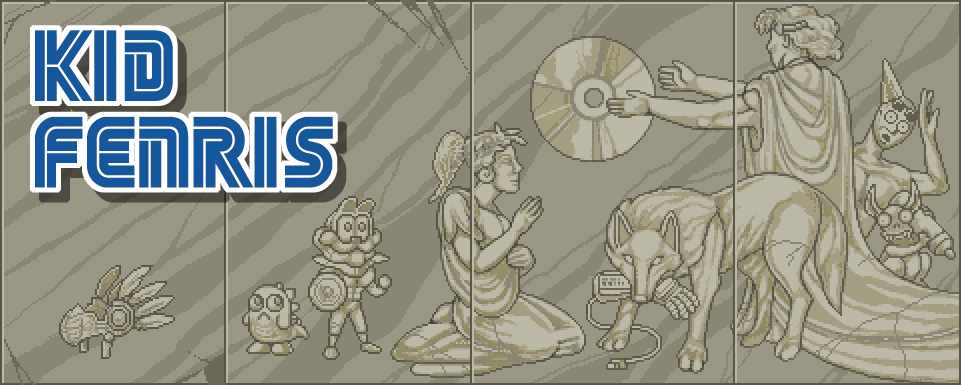I was an associate editor at Anime Insider from August 2005 to May 2008, spanning issues 25 through 58. I previously wrote some dull Livejournal entry about my time at the magazine, but I can summarize all of it by saying this: I enjoyed working there, no matter how dumb it was. And here's what I remember most about my time spent on an anime mag at the height of the manga/anime/Japan-crazy bubble.
Best Cover: Issue 50, far and away.

For our 50th issue, the company higher-ups surprised us all by paying for an exclusive illustration from Gainax. Rei, Asuka, and the cake were drawn by Fumio Iida, an artist who’s worked on a staggering variety of animation, from the original Macross movie to that Little Nemo film to Gurren Lagann (plus Fox’s Peter Pan and the Pirates). I also like how Rei’s head obscures just enough of the magazine’s name to possibly make it “Anime Insidious.”
My second favorite? I liked the front of issue 46. Most of the magazine’s covers used backgrounds of subtle patterns and bold colors, but this one slapped on the white space to imitate Rolling Stone.

Seldom did we use concept covers, and I think our imitation music mag came together nicely, even if the Beck kid’s eyes are strangely off.
My favorite cover artwork would be this Cowboy Bebop piece from issue 20. It was another illustration made especially for Anime Insider, though you'll also see it preserved in a recent book of Toshihiro Kawamoto’s art.

The overall cover isn’t as striking as the openers that the magazine had in its later years, but I’ve always been a fan of Kawamoto’s style. Besides, Faye and Spike are observing proper trigger discipline with their firearms, and we were all about setting good examples for the republic's impressionable youth.



